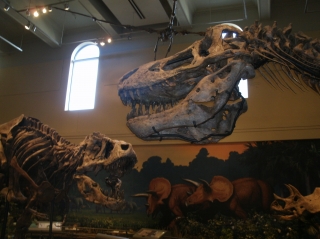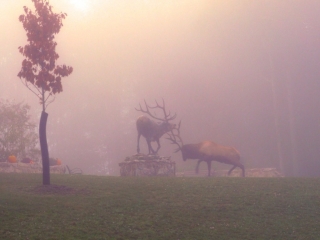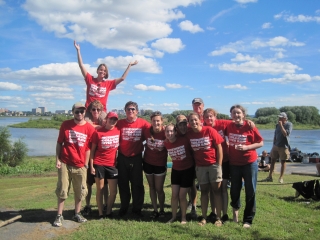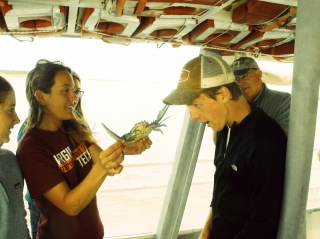Natural History Mosaic Fall 2016
To understand sustainability issues, it is important to understand the non-human component of our environment (i.e., natural history) as much as the human component. The goal of our Fall 2012 and 2016 Natural History Sustainability Mosaics was to expose students to the range of ways of studying the natural world. From in-class lectures and labs, through fieldwork, to museum visits and study, students were exposed to a multi- and inter- disciplinary set of questions and provisional answers.
We conducted fieldwork at sites throughout the mid-Atlantic. Many of these sites will involve students in “Community Science” and community research. We went to Smith and Tangier Islands in the Chesapeake Bay, the wild elk rut in PA, birding and fossil hunting in Virginia, and to the Carnegie Museum and the National Aviary in Pittsburgh.



